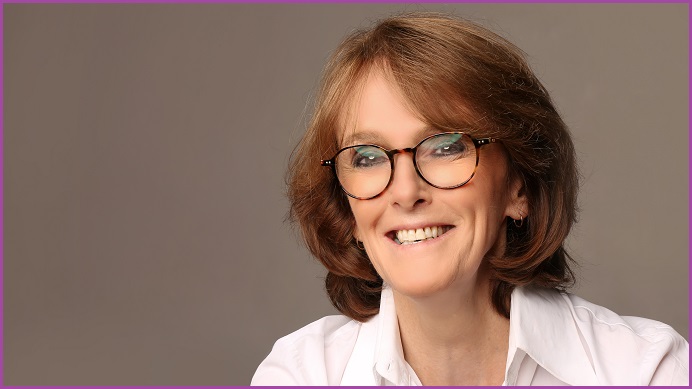Australia’s Chief Scientist Dr Cathy Foley is urgently calling for cultural change to help encourage women in STEM fields to avoid being left out as the country undergoes a shift toward science and technology.
Dr Foley delivered the annual Institute of Public Administration Australia (IPAA)’s Helen Williams Oration last Wednesday which recognises Helen Williams as the first female secretary of a Commonwealth department.
“We need more women in engineering, and also in mathematics, IT and the physical sciences,” Dr Foley said.
“Where women are entering the STEM fields, it’s overwhelmingly in the caring professions such as medical, environmental and veterinary science. That’s great and I certainly don’t want to discourage it.
“I know they are choosing careers where they feel they can make a difference, but I want them to know that they can absolutely make a difference working in the physical sciences, tackling complex issues in areas such as climate, energy and water.
“The obvious question is: How do we bring about change?”
Dr Foley had a few suggestions, including to increase the visibility of science careers so more young women aspire to work in physical sciences.
According to the STEM Equity Monitor, only 36 per cent of enrolments in university STEM programs were women in 2019 – which is only a slight increase over the 2015 figure of 34 per cent.
Dr Foley was as appointed as Australia’s Chief Scientist late last year, moving on from her role as CSIRO Chief Scientist – one which was subsequently filled by Professor Bronwyn Fox.
The importance of high-profile scientific offices being filled by women is not lost on Dr Foley who said it is vital for women to have role models who can influence and encourage them on their journey in the sciences.
“As Australia’s Chief Scientist, I see myself as a role model for all young people who might not realise that they can aspire to a career in science,” she said.
“I did it, and I want all young people, however they identify their gender, whatever their background, to know they can too.”
Dr Foley noted that a third of the men in tertiary education are in STEM courses but only nine per cent of women are doing the same.
“More than 90 per cent of women at university or TAFE are studying for qualifications not related to STEM,” she said.
“When your country is building its future on high-tech STEM-related industries, that’s a problem.”
Improving retention
Another major point of concern Dr Foley raised was about how to keep women in STEM careers – especially for those who want to raise children.
Women are far more likely than their male counterparts to leave STEM industries.
Specifically, Dr Foley spoke about a lack of flexible working arrangements, non-linear career paths, and the poor timing of university careers coinciding with childbearing age as being barriers for retaining women in STEM fields.
“It is troubling to hear women saying that going part-time at work damaged their careers,” she said.
“On the other side of the coin, I have heard from women who felt judged for going back to work too soon.
“This feeling of being judged about your parenting decisions is not confined to the research sector.”
One working model Dr Foley pointed to is Melbourne’s Walter and Eliza Hall Institute of Medical Research which she said has taken important steps to encourage gender equity.
“They have a range of measures around promotions and career breaks to ensure women’s careers stay on track, including building a childcare centre adjacent to their laboratories,” she said.
“They have also shaken up the usual system of appointments. Instead of the usual divide between short-term post-docs and tenured academics, everyone is on a contract in those first years.
“These are just some ideas. We need others.”
Dr Foley concluded her speech by encouraging people to consider how we can shape the post-pandemic reality in a way that is more inclusive and accepting of diversity.
“As we navigate the ‘new normal’ of our working environment how will you shape it for the better?” she asked.
“When you’re thinking about issues that impact specific groups, how will you involve the whole workforce in the solution?
“Parental leave, for example, is not only an issue for women. Likewise, part-time work and how that impacts advancement is not only an issue for women.
“It might disproportionately impact women. But colleagues and supervisors all need to share in the solution.”










